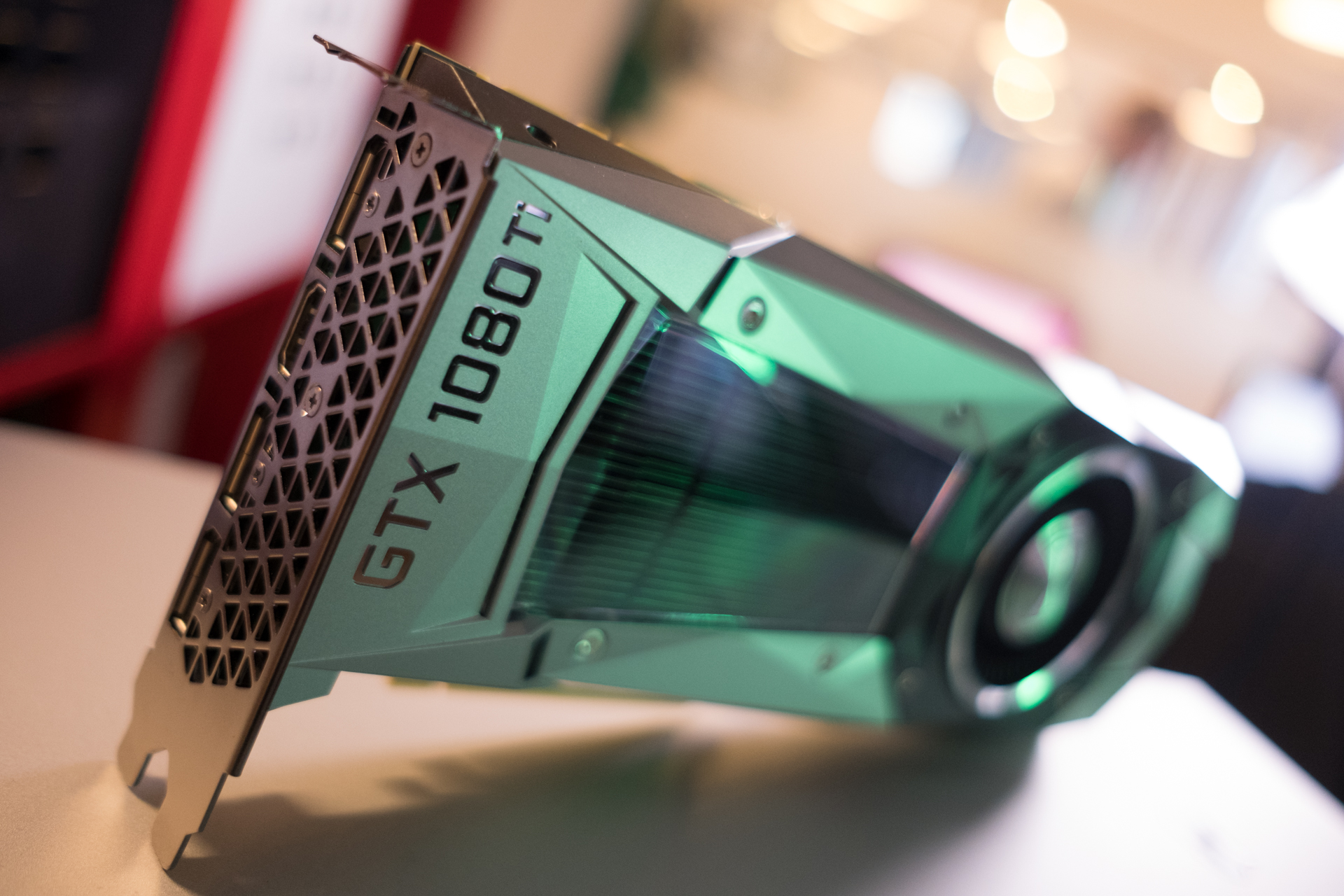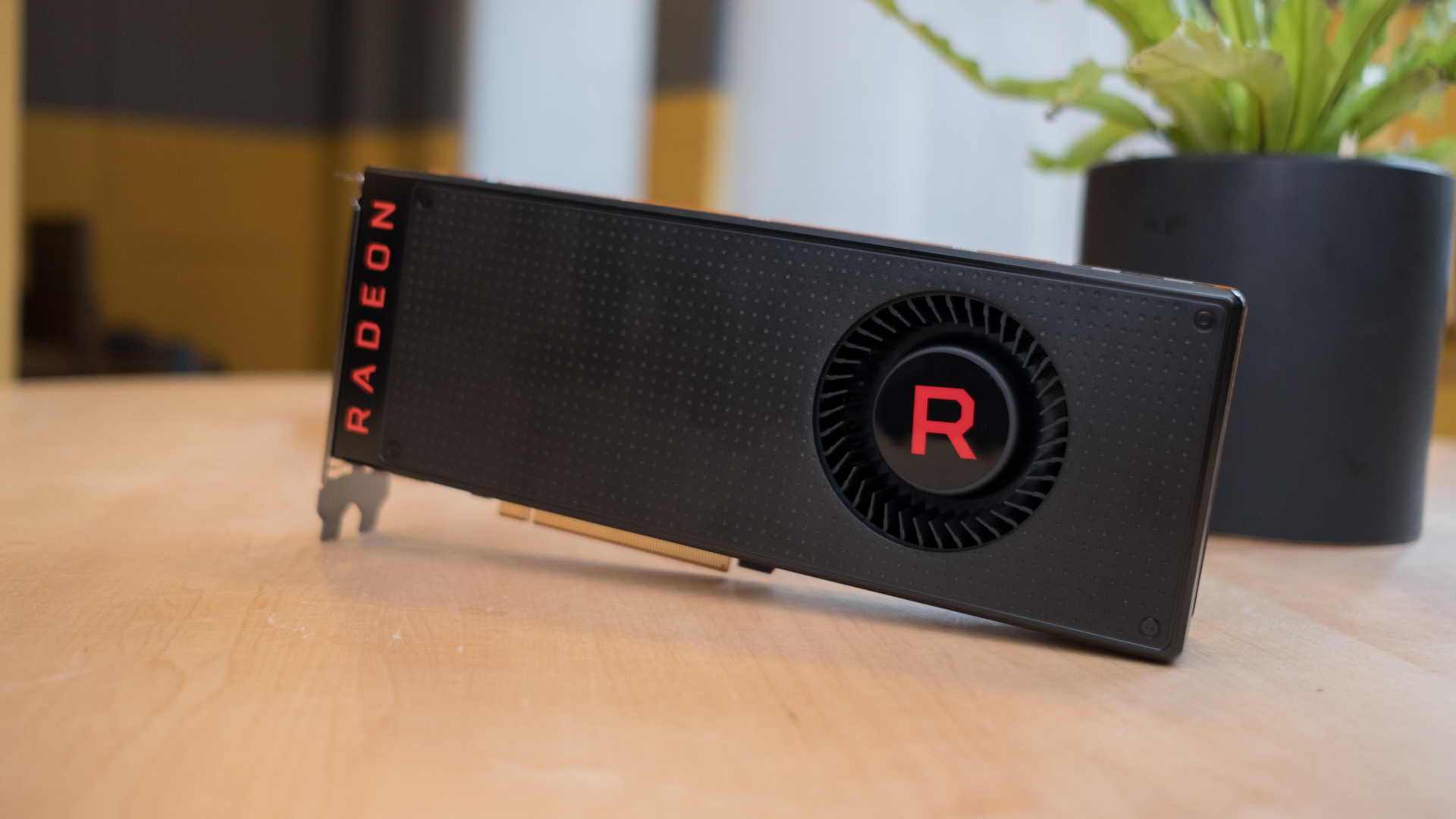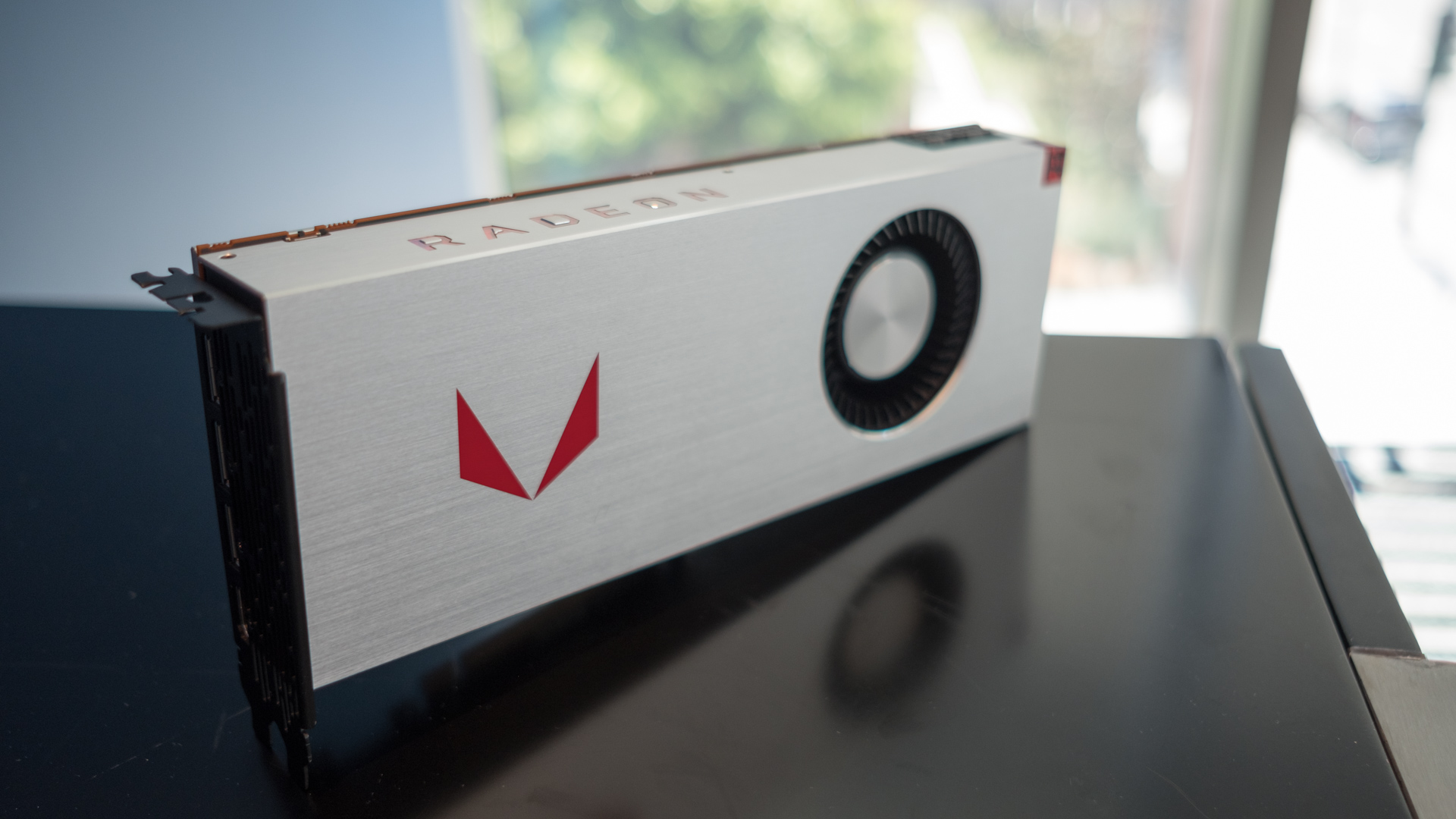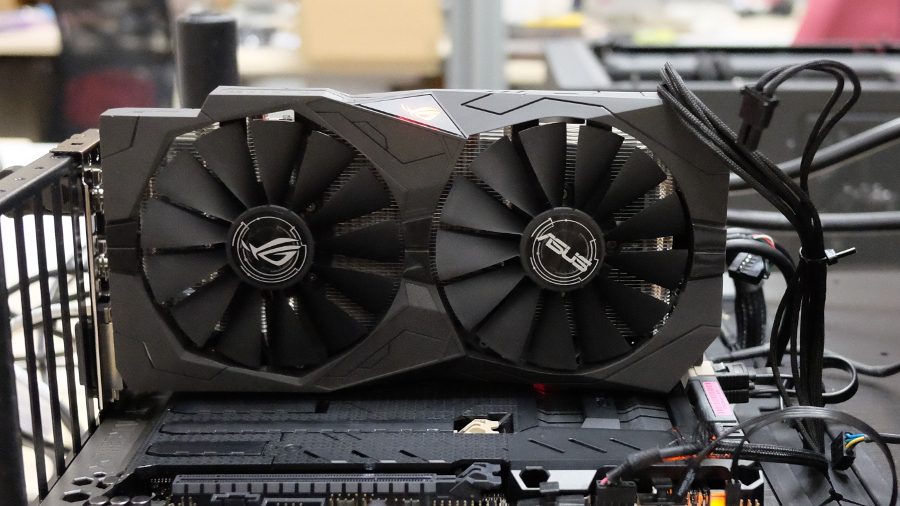Best graphics cards 2018: the best GPUs for gaming
These days, in the realm of the best graphics cards, we’ve been facing quite the conundrum. While sales for Nvidia are up, that also means that the best graphics cards are in high demand. This means that it’s nearly impossible to buy a graphics card (GPU) at the manufacturer’s suggested retail price (MSRP), due to cryptocurrency mining and the unprecedented growth of PC gaming. For anyone who isn’t hip to cryptocurrency – a lot of people are buying GPUs in bulk to try to make a quick buck by mining Bitcoin, Ethereum, or even Dogecoin.
To be blunt, right now PC gamers have a difficult dilemma. We can sit tight, waiting for the best GPU for gaming to finally fall within our budget, or wait for the next generation of graphics cards to strike down like lightning (or Volta). Who knows? Maybe you’ll be able to sell your graphics card to a crypto miner for a profit in the coming months. In the meantime, though, you can use the GPU of your choosing to run the latest, most demanding games, such as Kingdom Come: Deliverance, Final Fantasy XV, or even Ni No Kuni II.
However, you need to keep in mind that the market for the best CPUs is dense and packed with a wide variety of solutions. That’s why we’ve created this list of the best graphics cards you can buy today, so you’ll be able to find exactly what you need. We’ve culled through the dozens of cards we’ve used over the last year or so and picked the ones that truly stood over the rest. So, no matter who you root for in the perennial war of Nvidia vs AMD, we’ve found the best graphics cards for every use case. Because with GPU prices at a record high, you want to take as much stress out of GPU shopping as you can.

Per our previous explanation, the best graphics card is all about offering the most bang for your buck. As such, it’s our consensus that Nvidia’s GeForce GTX 1060 is unparalleled when it comes to sheer value. For a modest sum of cash, this graphics card affords players full HD 1080p and – perhaps with a bit of overclocking – 1440p and even 4K gaming. At the same time, however, the GTX 1060 doesn’t bear support for SLI, so you’re limited to just one card.
Read the full review: Nvidia GeForce GTX 1060

While the Nvidia GTX 1060 might give you the most performance per dollar, the Nvidia GTX 1080 Ti the ultimate one punch upgrade to 4K gaming. While it might seem like only a slightly tuned up Nvidia GTX 1080, this graphics card almost dethrones the Titan Xp as the world’s most powerful GPU, thanks to high-speed video memory and a dramatically higher CUDA core count. It’s still no match for two GTX 1080s in SLI, but this single card is cheaper and supports a larger pool of games. If you’re looking for a single part to run your games at 4K, the Nvidia GTX 1080 Ti is the best graphics card to do it.
Read the full review: Nvidia GeForce GTX 1080 Ti

Going down a few rungs in the graphics card hierarchy, the Nvidia GeForce GTX 1070 Ti is the best graphics card for QHD gaming. This card finds the happy medium between the GTX 1070 and GTX 1080. Whereas the 1080 is too expensive for 1440p gaming and the 1070 isn’t quite there, the GTX 1070 Ti perfectly drives a QHD experience. In our own testing, this piece of kit handles Forza Motosport 7 at upwards of 93 frames per second at 2,560 x 1,440. Likewise, it can manage Shadow of War at over 60 with the same ambitious resolution.
Read the full review: Nvidia GeForce GTX 1070 Ti

The AMD Radeon RX Vega 56 is the best graphics card for Full HD gaming on the market right now. Our benchmarks prove it runs faster than the Nvidia GTX 1070. However, due to the Bitcoin mining craze, it’s going to be significantly more expensive. At least for now.The Vega 56 is arguably a little bit overkill for Full HD gaming, but that’ll come in handy for 144-to-240hz monitors and future-proofing against increasingly demanding games. Users can also expect a great 1440p experience with this graphics card.

Moving on beyond traditional PC gaming, the AMD Radeon RX Vega 64 has all the brute computing power to handle physics-heavy VR gaming now and into the future. Sporting 4,096 stream processors, 256 texture units and 8GB of HBM2 memory, it's every bit as capable as the Nvidia GeForce GTX 1080, and for a lower price no less. If nothing else, this is the AMD card to rule them all.
Read the full review: AMD Radeon RX Vega 64

When you’re building a microATX – or, especially a mini-ITX – computer, you want to aim for the smallest parts you can find without compromising much on performance. Though it’s a given that you might have to sacrifice a few frames-per-second in favor of a more compact form factor, with Zotac’s GeForce GTX 1080 Ti Mini – the smallest of its kind at 211 x 125 x 41mm (8.31 x 4.92 x 1.61 inches) – there’s very little in the way of prodigious 4K gaming.

The Nvidia GTX 1050 might not look like much on paper, what with only 2GB of video memory onboard, but this affordable GPU plays games better than you would think. If you’re willing to drop settings to medium, you can play Overwatch, CS:GO and other popular competitive shooters well above the silky smooth 60fps mark. Thanks to its compact size, it’s also perfect for small builds and entertainment center-bound streaming PCs.

eSports games often demand high frame rates over beautifully rendered graphical details, and this is where the Nvidia GTX 1050 Ti comes into its own. It’s an affordable but potent graphics card that can play most eSports games well above 60fps. It’s a tad more expensive than its lower-end Nvidia GTX 1050 brethren, but you’ll appreciate the extra legs on this card to play future eSports titles as well as the odd AAA game.
Read the full review: Nvidia GeForce GTX 1050 Ti
- These are the best gaming monitors to go with your shiny new GPU
Contributer : Techradar - All the latest technology news http://ift.tt/1EnRI5R

 Reviewed by mimisabreena
on
Thursday, March 22, 2018
Rating:
Reviewed by mimisabreena
on
Thursday, March 22, 2018
Rating:













No comments:
Post a Comment